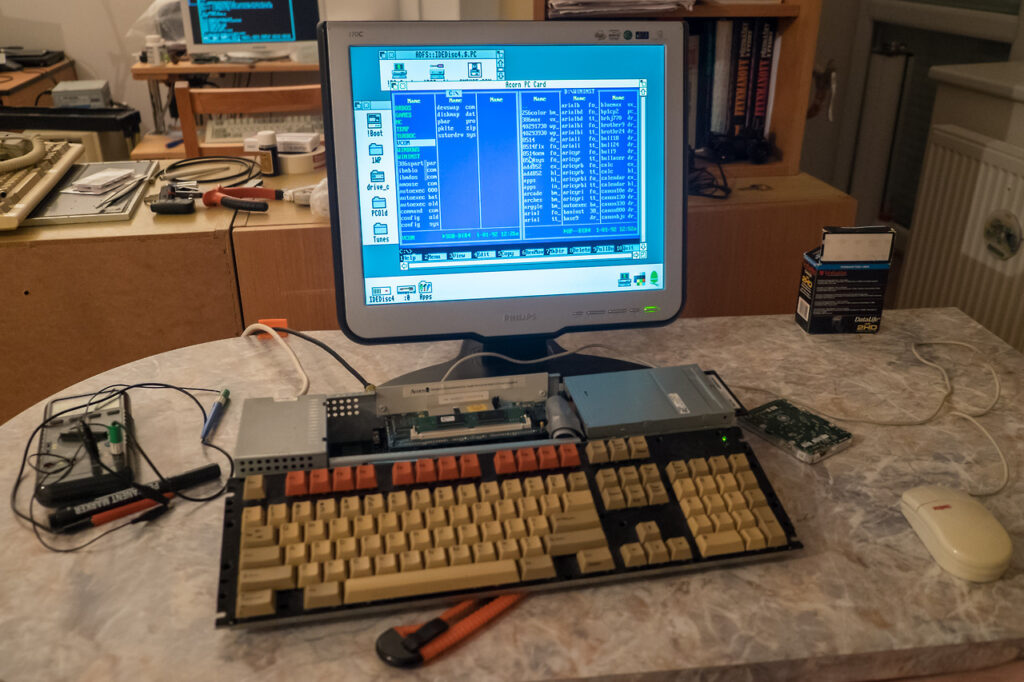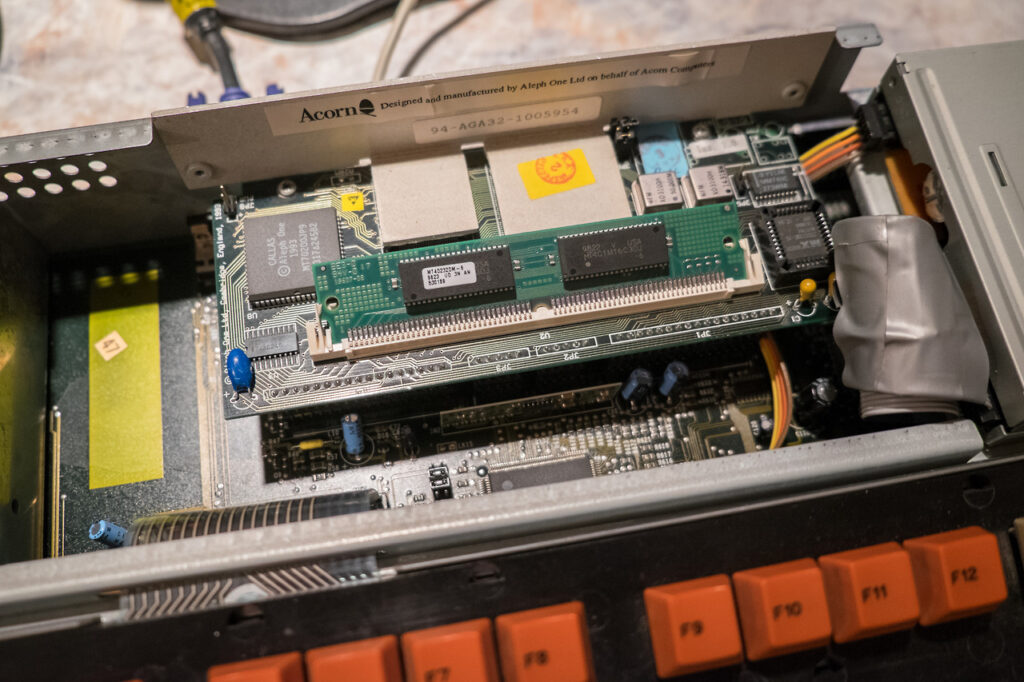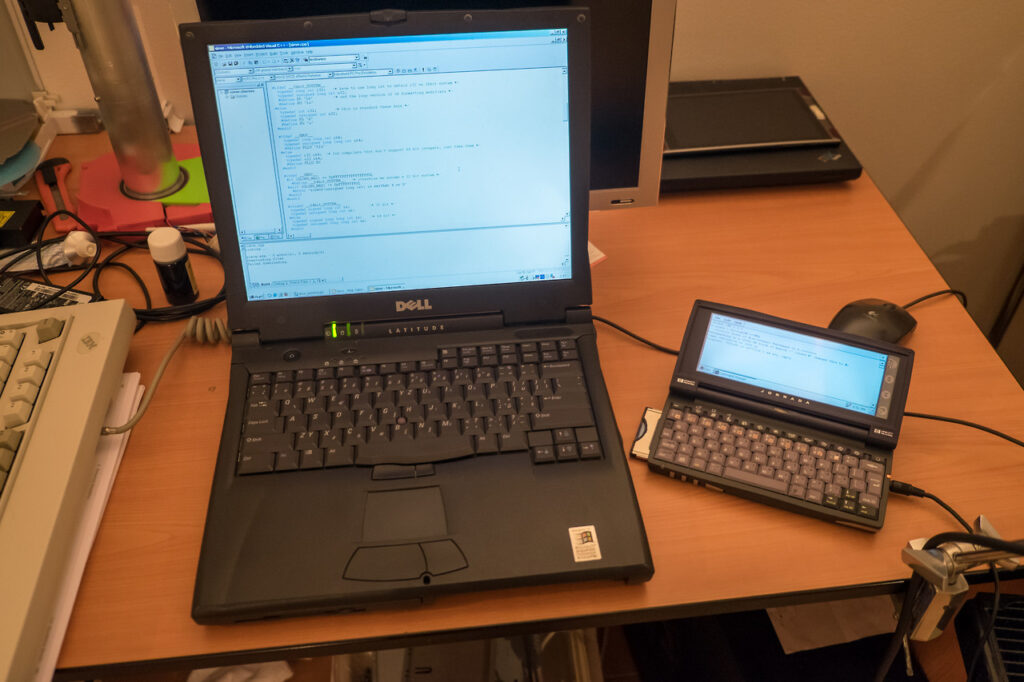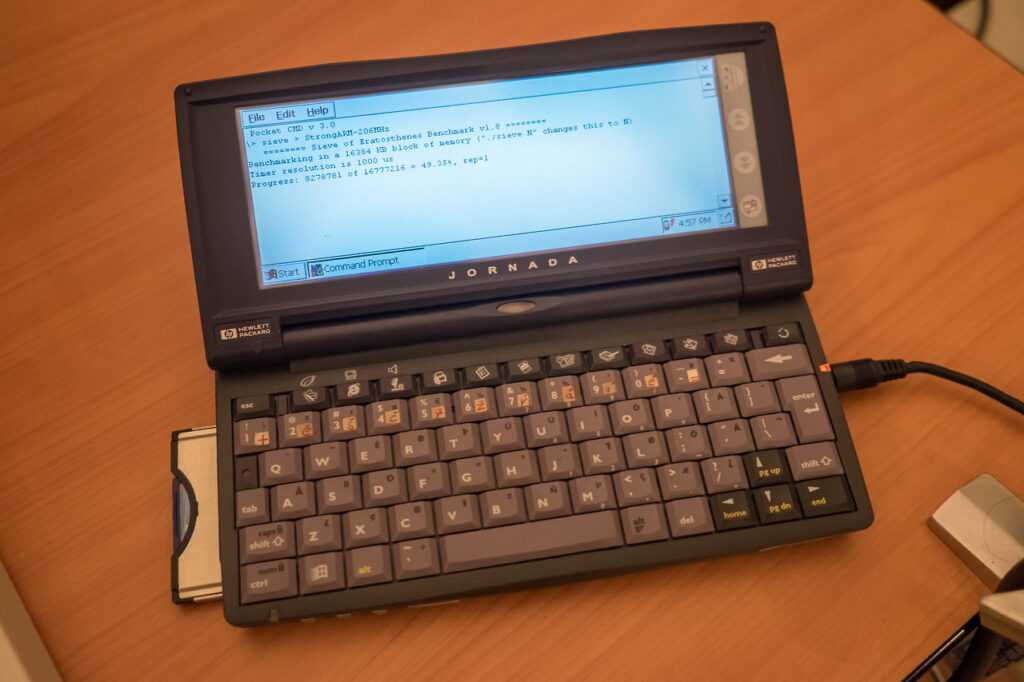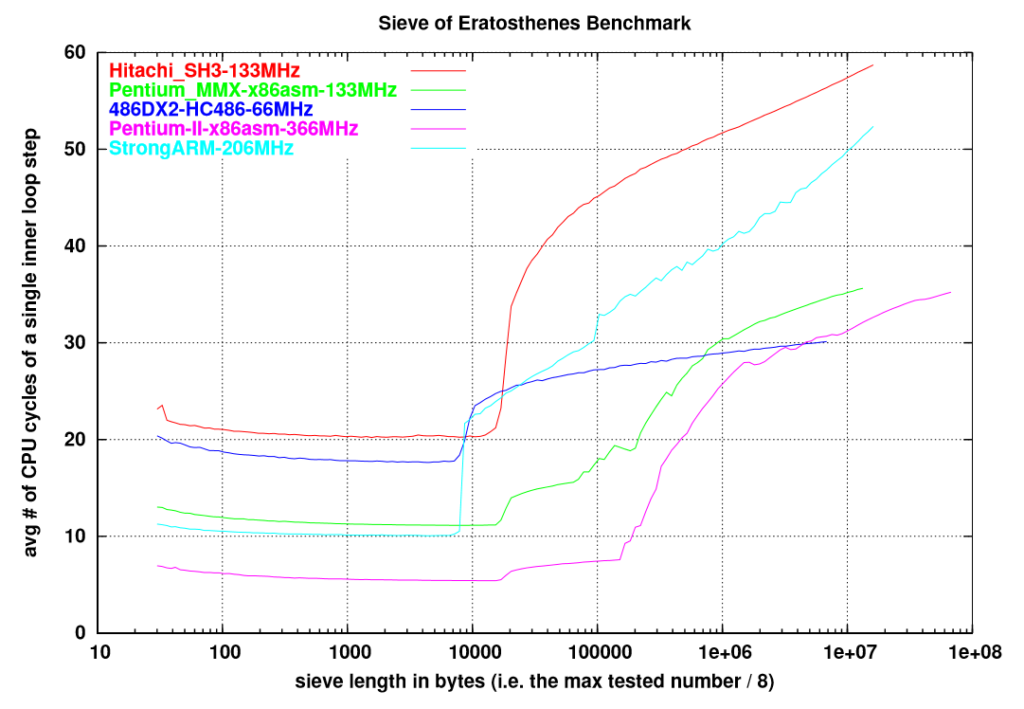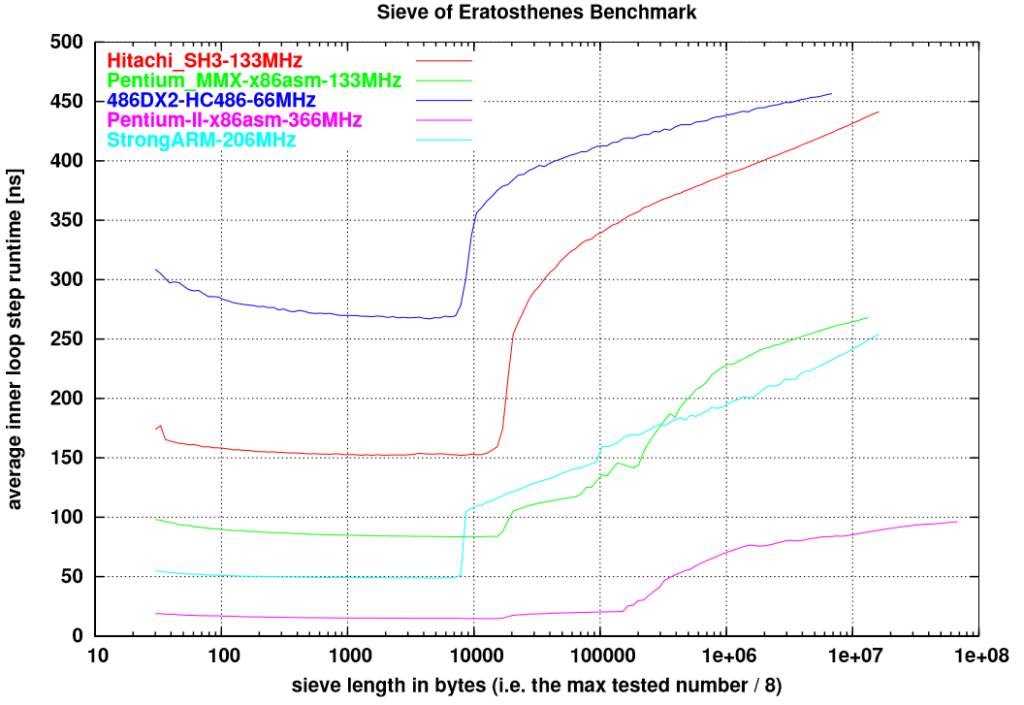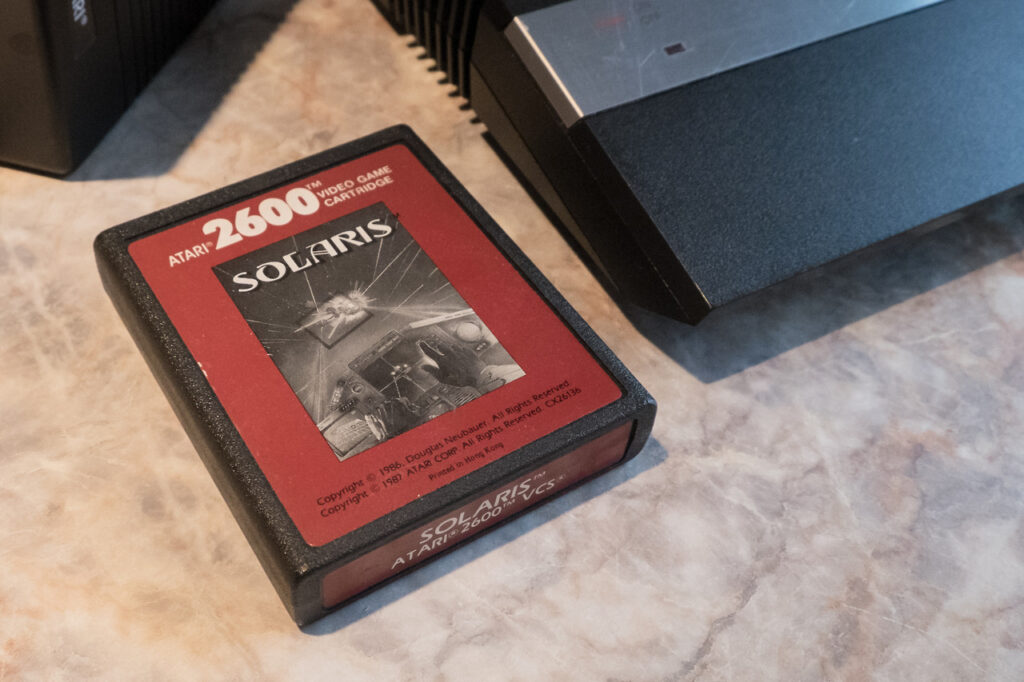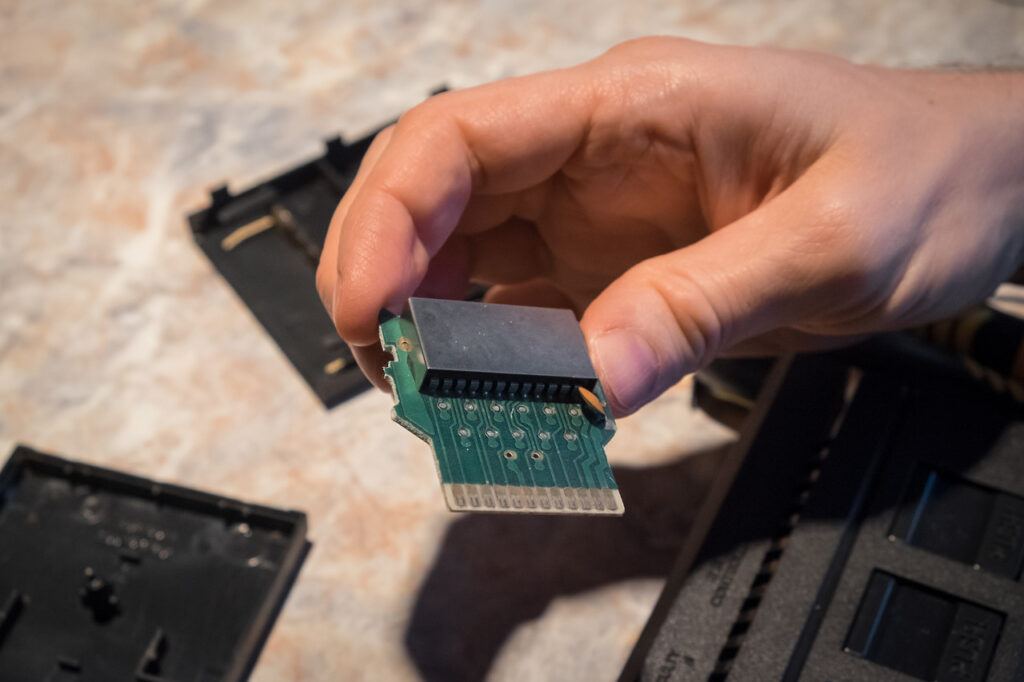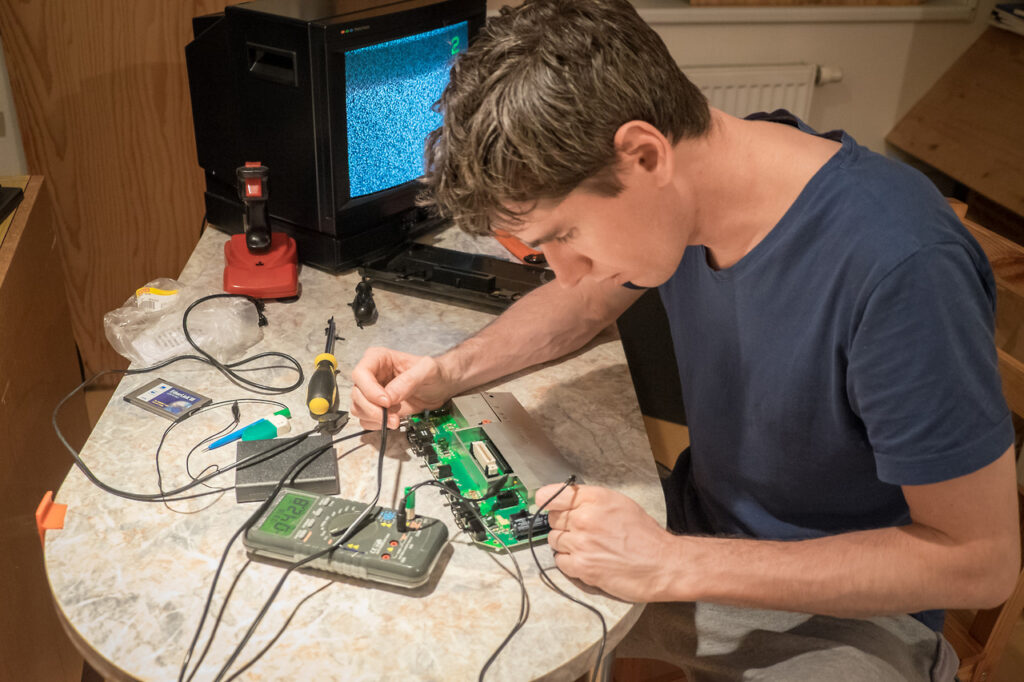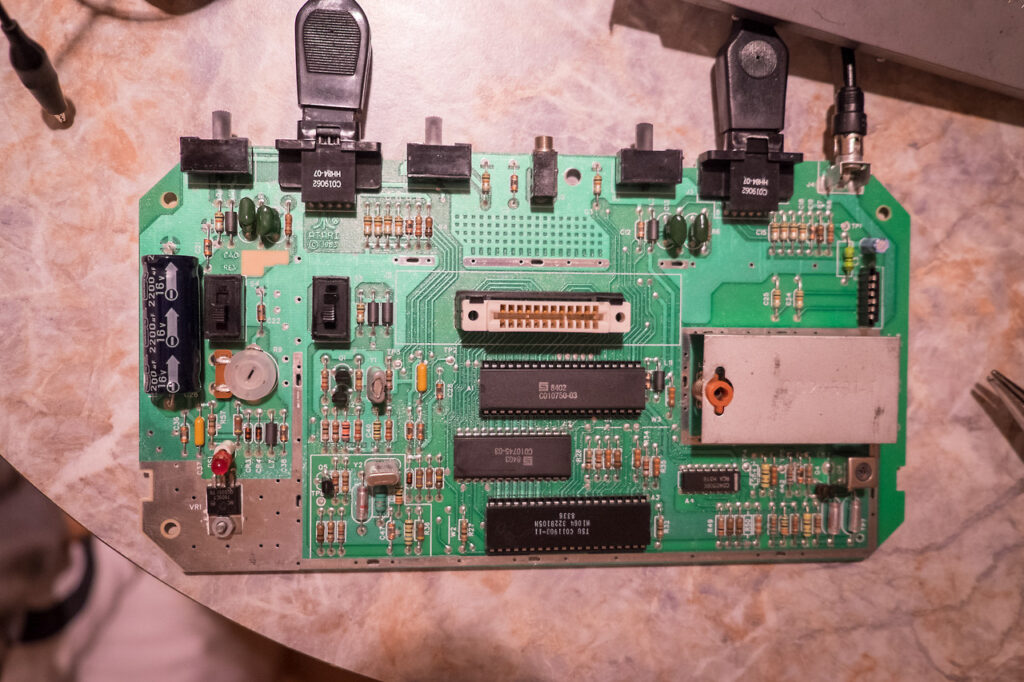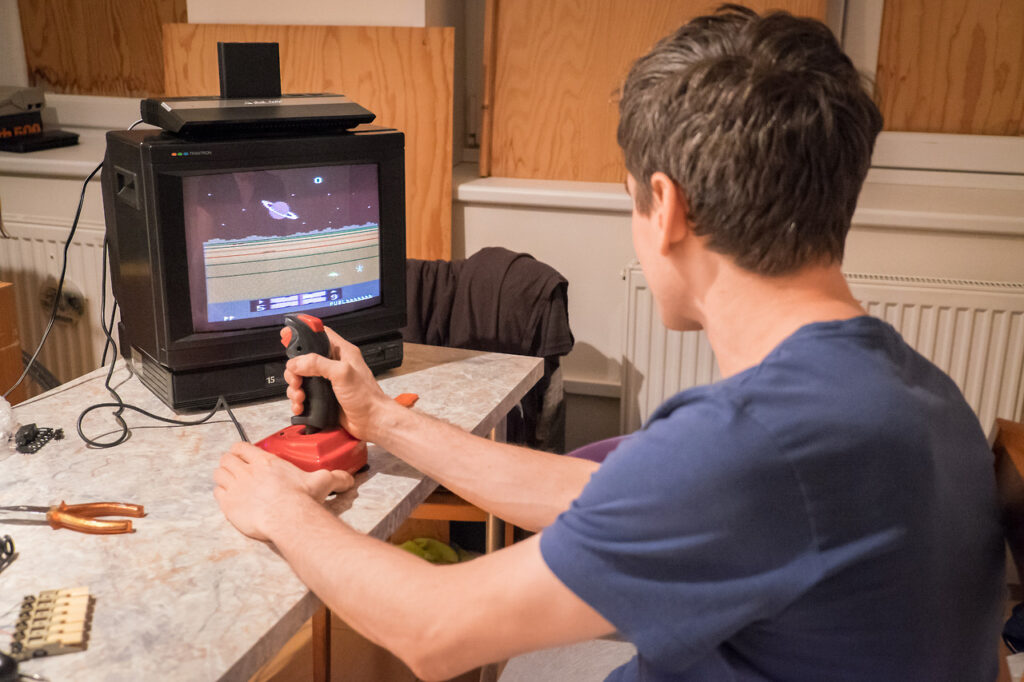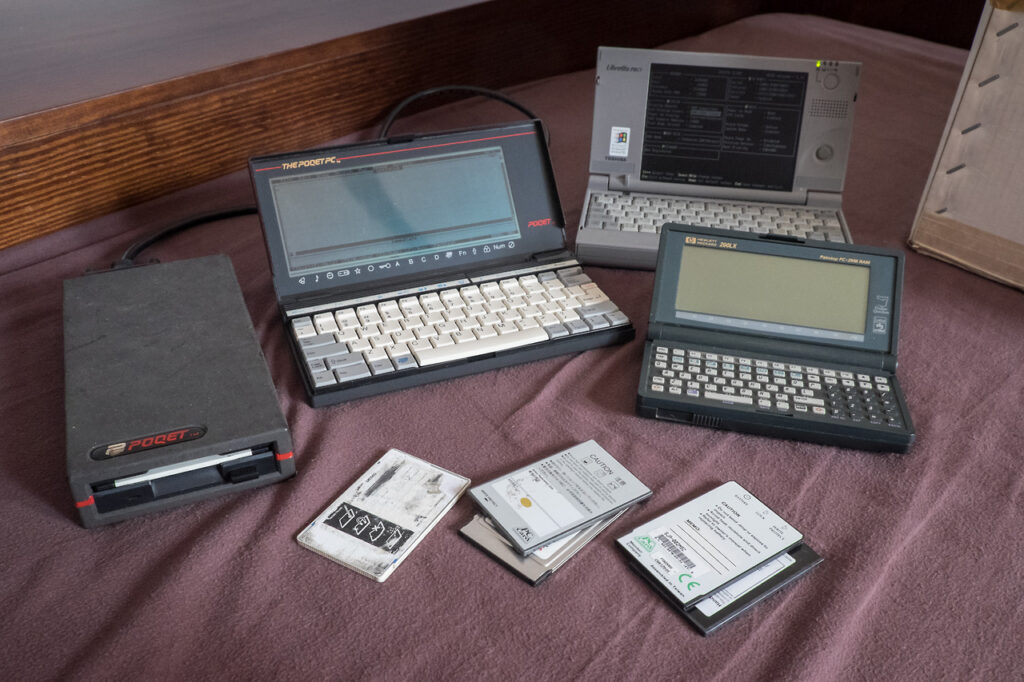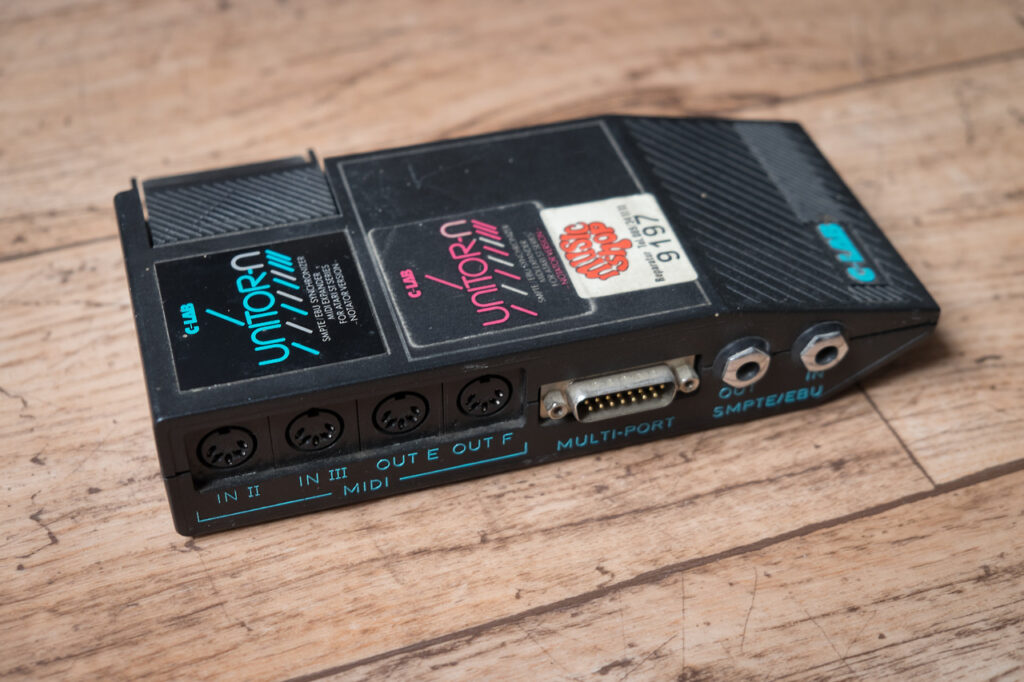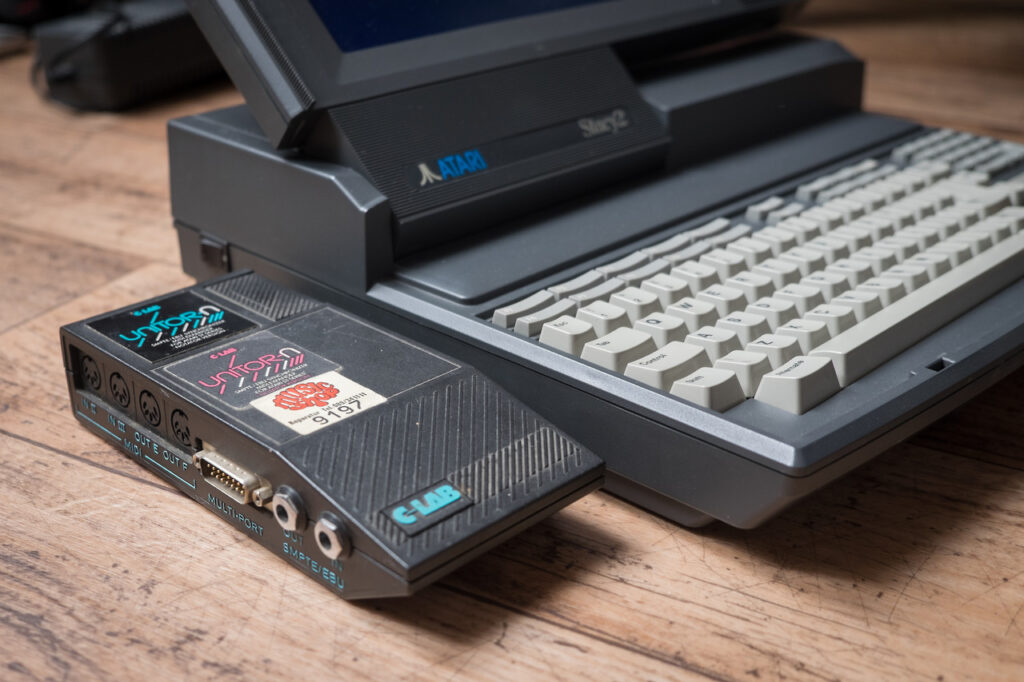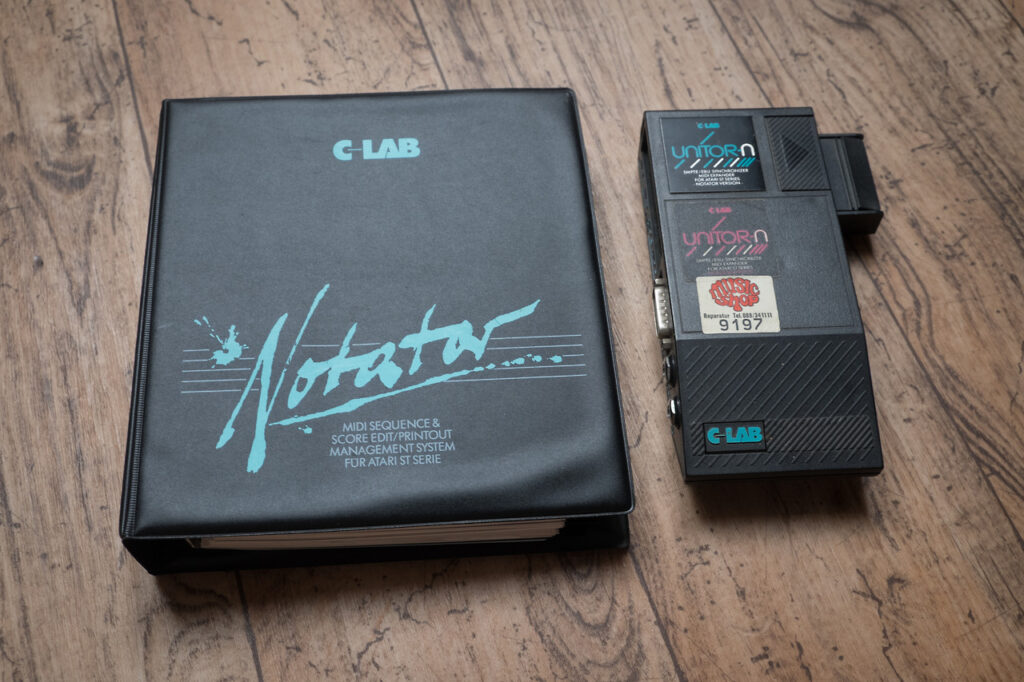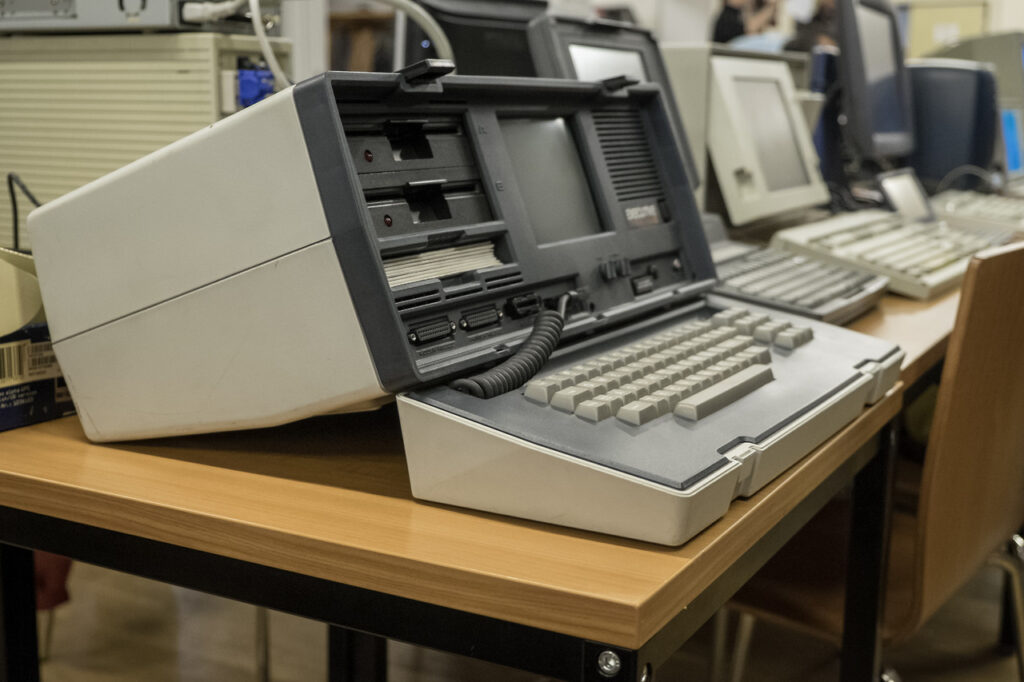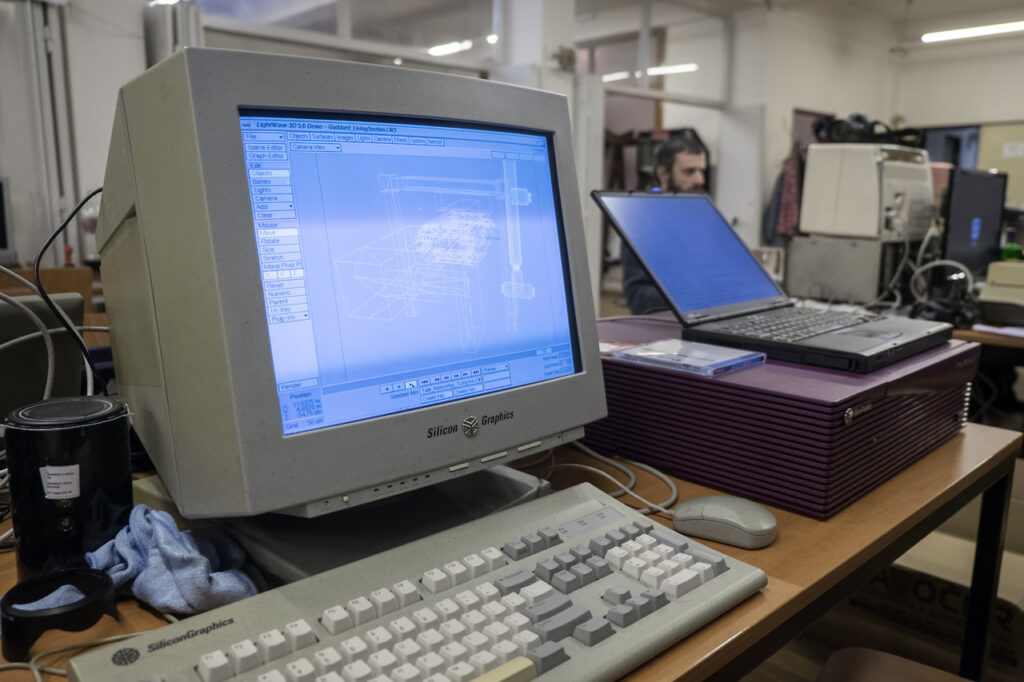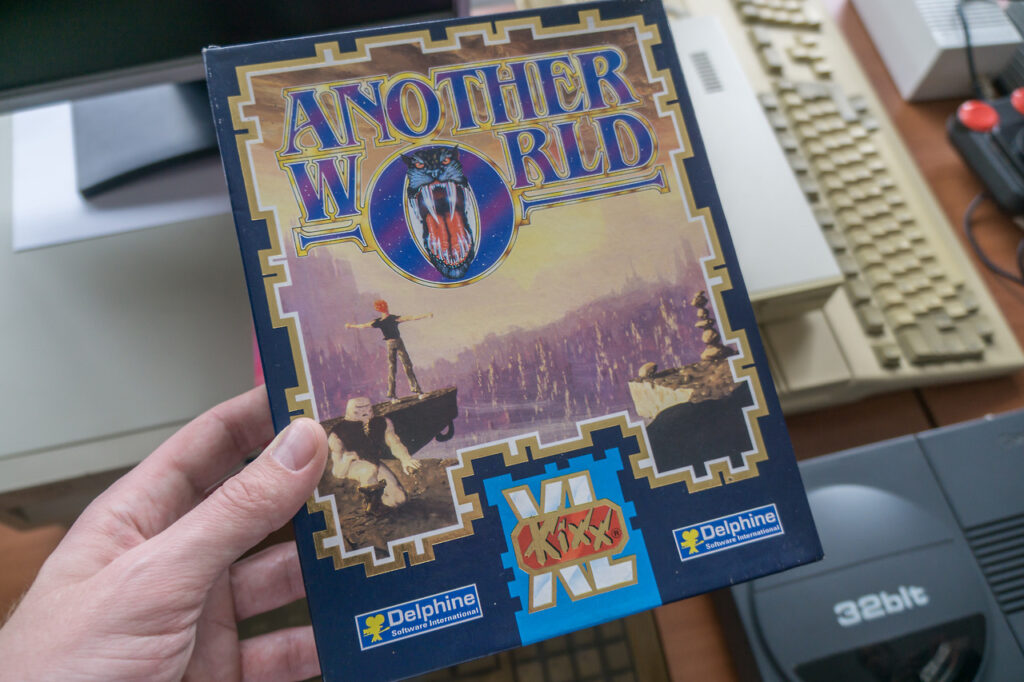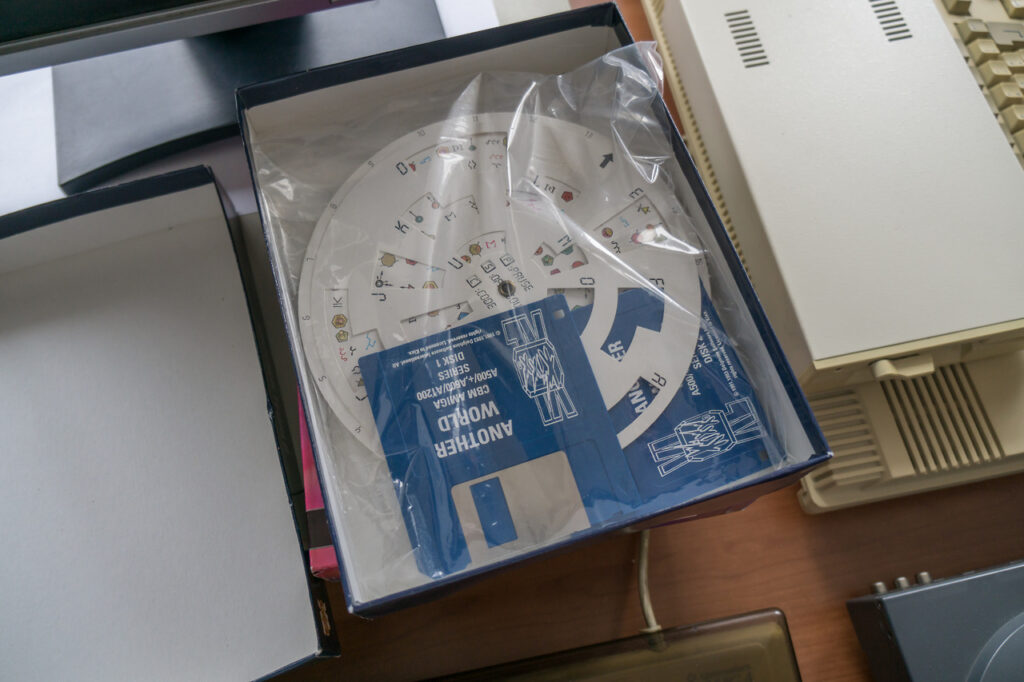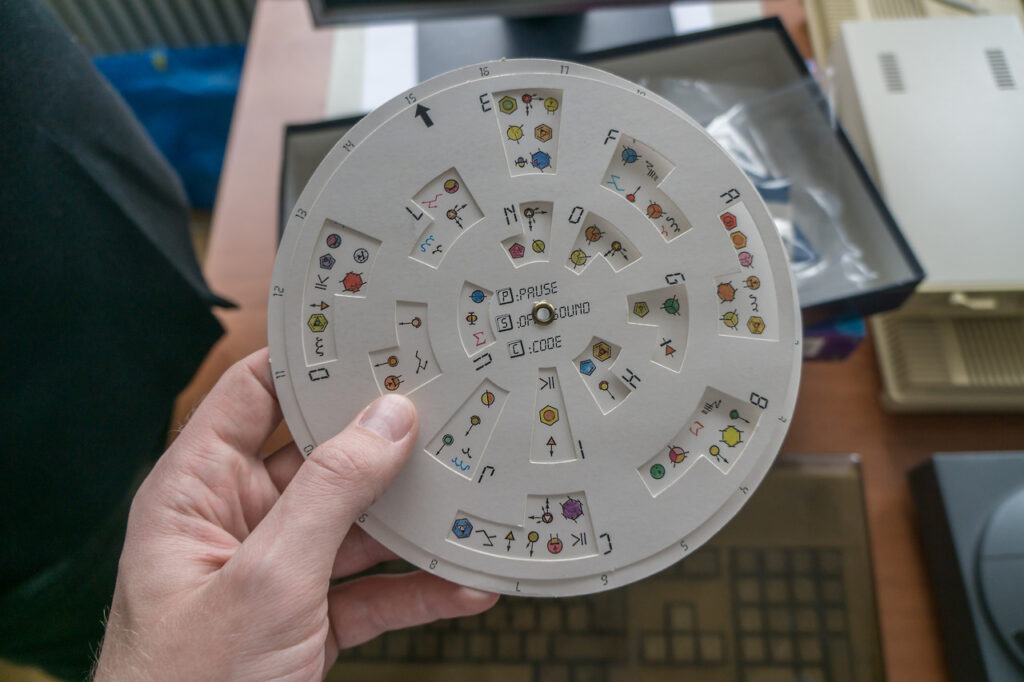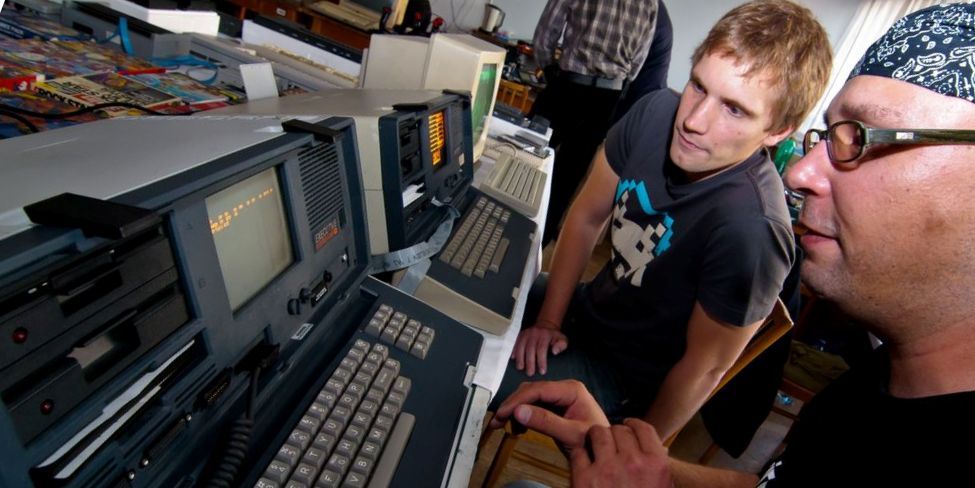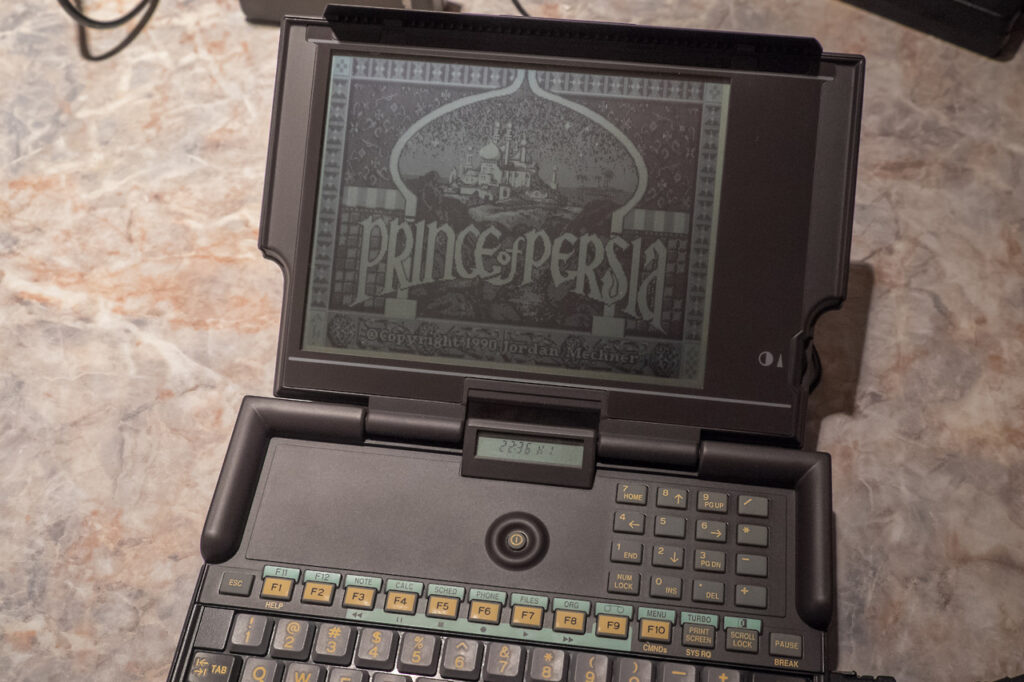Acorn A3020 with a PC HW Emulator
It was common for many computer platforms to have a complete IBM PC compatible on a card in the 80s and early 90s. Software PC emulators were also a choice but their performance was usually very low. Having a card with a x86 CPU could solve the issue.
Acorn PC Card equipped with Cyrix 486SLC (25MHz) is almost as fast as Intel 486SX for certain tasks (main difference is in cache size: 1kB instead of 8kB) and the card allows you to get all the CPU performance. However if you expect full PC replacement, you would be very disappointed. The main limitation is in graphics performance. The card is usable only with text-mode programs and static graphics. Although VGA modes are emulated, even simple CGA games (like Alley Cat) are unplayable due to slow screen refresh. Good to mention that refresh speeds are somehow worse when PC Card output is changed from full-screen to windowed display.
I believe that it was better and probably not more expensive to buy a cheap PC clone instead of this card.
